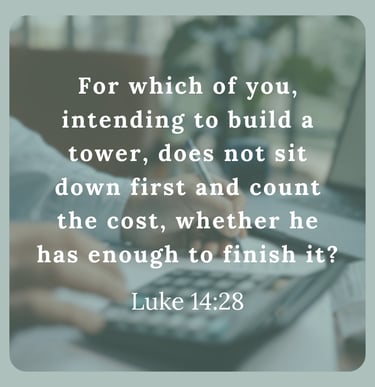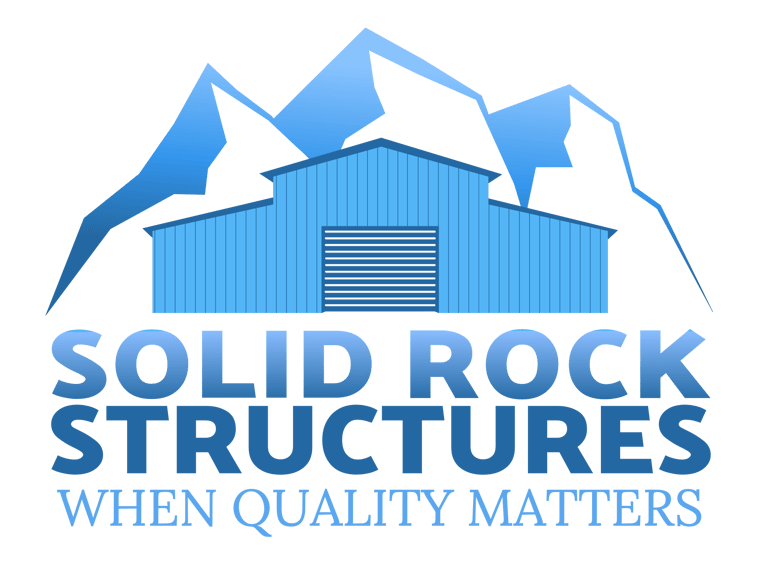
Why Are Steel Buildings So Expensive?
Understanding the True Cost of Your Project
4/2/20252 min read
Steel buildings are known for their durability, strength, and long-term value. However, many customers are surprised by the upfront costs. While steel structures remain one of the most cost-effective building solutions over time, several factors contribute to their initial price.
In this blog, we’ll break down why steel buildings are expensive and what additional costs you should anticipate beyond just the building itself.
1. The Cost of Steel & Market Fluctuations
Steel is a commodity, and its price is constantly changing due to global demand, supply chain disruptions, and economic factors.
Raw Material Costs – Steel production involves mining, refining, and energy-intensive manufacturing.
Global Demand – Infrastructure projects, construction booms, and tariffs can drive prices higher.
Quality Considerations – Higher-grade steel, such as galvanized or stainless, provides better longevity but comes at a premium.
2. Engineering & Customization
Every steel building must be engineered to meet local building codes and environmental conditions.
Structural Load Requirements – Wind, snow, and seismic loads impact design complexity.
Custom Features – Larger doors, insulation, windows, and additional framing increase costs.
Pre-Engineered Efficiency – While steel buildings are designed for cost-effective production, modifications can add expenses.
3. Fabrication & Transportation
Once designed, steel components are fabricated and shipped to your site.
Manufacturing Costs – Skilled labor, precision machinery, and overhead affect pricing.
Freight & Logistics – Fuel prices, delivery distance, and load size influence shipping costs.
4. Additional Costs Beyond the Building
Many customers assume the steel building package includes everything, but additional expenses often come into play:
Site Preparation & Grading
Land Clearing – Removing trees, rocks, and debris.
Leveling & Drainage – Ensuring a stable, properly graded site for construction.
Foundation Work
Concrete Slab or Piers – Thickness, reinforcement, and labor impact pricing.
Soil Testing – Necessary for stability in certain locations.
Permits & Inspections
Local Codes & Fees – Costs vary based on municipality and project size.
Engineering Compliance – Some areas require additional approvals.
Construction & Labor
Erection Crew – Professional assembly ensures safety and efficiency.
Equipment Rentals – Cranes, lifts, and tools may be required.
Insulation & Interior Finishing
Climate Control – Fiberglass, spray foam, or rigid insulation.
Electrical & Plumbing – Extra features add to the budget.
Final Thoughts:
Plan for the Full Project Cost
While steel buildings offer durability and long-term savings, the upfront cost is influenced by many factors beyond just the building. By accounting for site prep, foundation work, permitting, labor, and finishing, you can budget accurately and avoid unexpected costs.
Working with an experienced steel building provider can help you navigate these expenses and get the most value for your investment.
Looking for a quote or advice? Contact us today!


Dedicated to helping you achieve your steel structure dreams.
833.767.6257
© 2025. All rights reserved.
Contact


